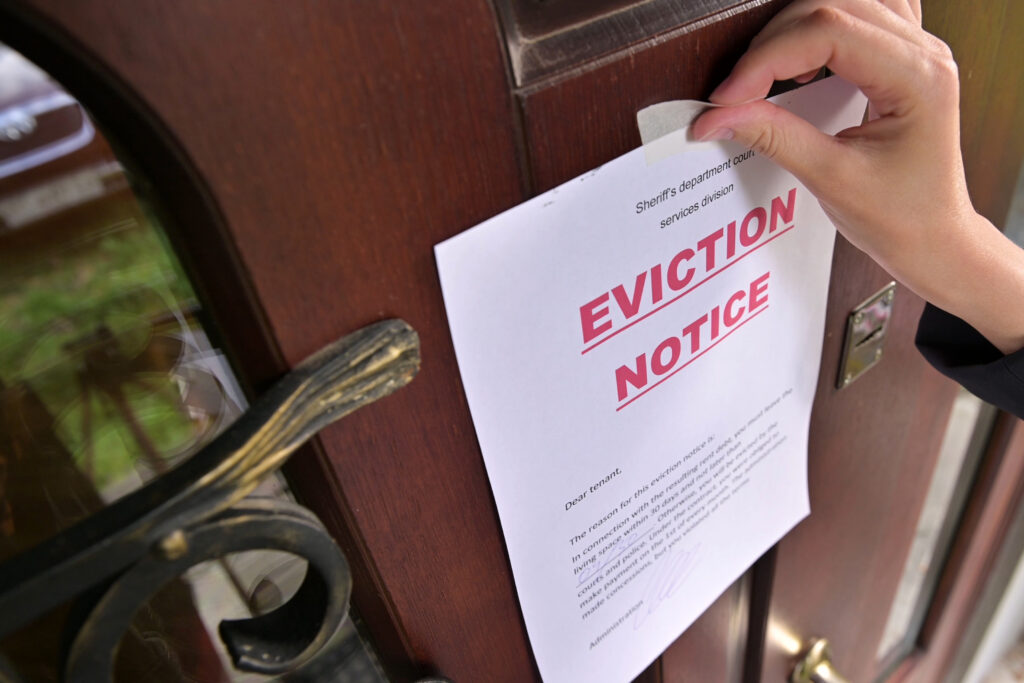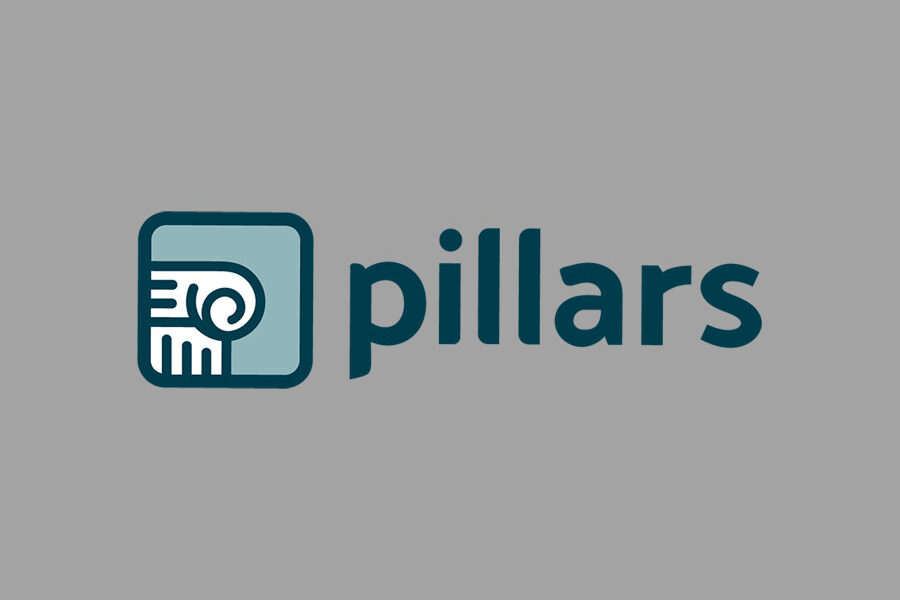You’ve watched and heard and read lots of news this year about eviction. Laws aimed to prevent it. Landlords and tenants negotiated to avoid it. Government programs and nonprofits like Pillars supported those who faced it.
The CDC eviction moratorium expired on July 31, 2021. On Aug. 3, 2021, it was reinstated. Then on Aug. 26, the U.S. Supreme Court blocked enforcement of the moratorium.
With all the back-and-forth news, you may have questions about eviction and its long-term effects – and you may wonder what, if anything, you can do for those struggling with it.
What Is Eviction?
Eviction is a legal process. Landlords may evict tenants who violate the terms of their rental agreement. This could involve not paying rent, having a pet, bringing in an unauthorized housemate, damaging the property or the like.
When tenants break the rules, landlords must give tenants five days’ notice to “cure or quit” before evicting. That may involve catching up on rent, agreeing on a payment plan, resolving violations or moving out voluntarily.
Sometimes, though, eviction happens through no fault of the tenant. Take some families Pillars has assisted in recent months: Their homes were sold out from under them.
“You can’t fault the landlords because the market’s crazy-hot. It’s part of life, unfortunately,” says Supportive Services case manager Bill Bundy. “For a family of five with the market around here, rushing to find another three-bedroom apartment or house is astronomically expensive.”
With 28 days to vacate and a shortage of affordable multi-bedroom properties, families like these can find themselves with nowhere to go. That could land them in court facing an eviction filing.
Eviction By the Numbers
In the first half of 2021, Outagamie County landlords filed evictions against 173 tenants. Of those, 34 (20 percent) were evicted – removed from their homes by the sheriff’s department. That was with the CDC’s COVID-19 eviction moratorium still in place.
By comparison, the first half of 2019 – a year untouched by COVID-19 – saw 195 filings and 48 judgements (25 percent). In other words, evictions were down about a third vs. a “normal” year.
That’s good news for financially strapped tenants. But that still leaves 34 renters staring down years of challenge finding a home. Few landlords will rent to someone during the three-year window that an eviction remains on their record.
Where, then, does that person or family go? Sometimes, the answer is a hotel. Sometimes it’s a Pillars shelter. That can be the case even if that person or family now has enough income to pay rent and make a double- or triple-security deposit – a penalty often paid by those with an eviction history.
Evictions in the Months Ahead
What will happen now, as the eviction moratorium ends, the COVID-19 Delta variant is expected to surge, and the housing market continues to boom?
“We expect to see a lot of churn among those we serve,” says executive director Joe Mauthe. “There will likely be more first-time homelessness in the months ahead. For everyone who unfortunately loses a home, someone from one of our shelters has a chance to gain one they can afford.”
You can play a role in meeting the shifting housing needs ahead. Your support of Pillars – through monetary contributions, gifts of wish list items, or volunteerism – will ensure that:
- Individuals and families working to avoid eviction have somewhere to turn for resources.
- Those entering shelter for the first time receive guidance in charting a new course.
- Those poised to leave shelter for permanent housing have what they need to start fresh.





